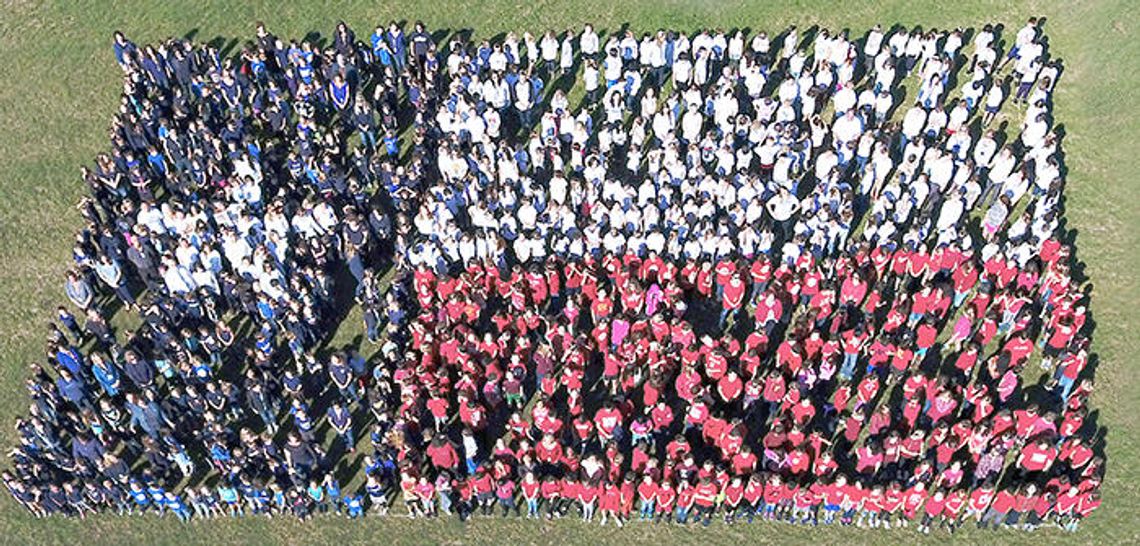[dropcap]A[/dropcap]s an educator who’s been in the business for 18 years, Marisa Vickery understands how challenging it can be to keep students engaged in the classroom.
“When you’re in charge of teaching a class of 22 to 25 students how to do one task or one skill, you have to work magic to reach everyone of those children to where they can understand and retain information,” Vickery said.
Through the Center for Learning and Innovation (CLI) at Walnut Springs Elementary, Vickery, who is the school’s facilitator of learning and innovation, has successfully incorporated technology to better help her students.
Earlier this month, Vickery was awarded the Texas Computer Education Association’s 2017 High Impact Teacher of the Year award for her efforts.
During the last four years, Vickery has transformed the school’s library into the CLI, which features a MakerSpace, production studio, 3D printers and robotics, according to a district release.
She also has introduced coding to the school, along with providing technology training at the campus.
Vickery said incorporating Science, Technology, Engineering, Arts and Math (STEAM) can “reach students that may not otherwise be inspirited to learn and progress in school.”
“For me as a teacher and as a parent, it’s so important to give options and just to let students try different things and be exposed to different things and hopefully, something will click,” Vickery said.
There are currently 46 classes that Vickery works with at the campus, with interested teachers asking to partner with the CLI for a lesson. Vickery said it’s not a requirement for teachers to do so.
One of the more popular aspects of the CLI is the use of drone technology.
Origins of the drone program began roughly three years ago when Vickery “fought hard” to get more girls on a Teach Team she was organizing.
Daniel Baldwin, a software programmer, drone enthusiast and a parent of a student, approached Vickery to provide assistance.
They started by 3D printing a drone, which was followed by soldering and wiring the craft.
After six weeks, the class built a quad copter and flew it. However, the 3D drone was limited as it wasn’t strong enough to hold a camera while flying.
Over time, however, the cost of drones began to decrease. Through the help of parents, funds were raised to buy a $700 Phantom drone roughly two years ago.
At the same time, Baldwin wrote a program called “Drone Blocks” and allowed Walnut Springs students to beta test it.
The program allows students to use drag and drop coding to design a formula and create a mission, based on the lesson they’re working on, Vickery said. Lessons range from geometry lessons to determining wind speeds to even art projects.
“It was so neat for me to see how the whole process goes,” Vickery said. “We gave (Baldwin) feedback on what was working, what we loved about it … and even ideas for coding blocks.”
Since then, Vickery has continued to incorporate the drone into various aspects of teachers’ lesson plans. The Dripping Springs Education Foundation provided grant money toward an updated $1,200 drone.
Attending the TCEA awards ceremony was “pretty incredible” to be with the “best of the best” and people who have “devoted their lives” to bring technology to the classroom, Vickery said.
In March, Vickery and Baldwin were selected to co-present their drone program at the South by Southwest (SXSW) education festival in Austin. The presentation will allow the two to share what worked, but also share mistakes during the process.
In addition, Vickery said she plans to share how they were able to fundraise for the program, as well as teach their students safety when using drones, which is a key component.
But for Vickery, the chance to see the lightbulb pop on for a student during a lesson is paramount.
“It’s a reminder that those of us who are educators, that’s what we do it. We don’t do it for the money. We care for the children and making the lightbulb go on,” Vickery said.











